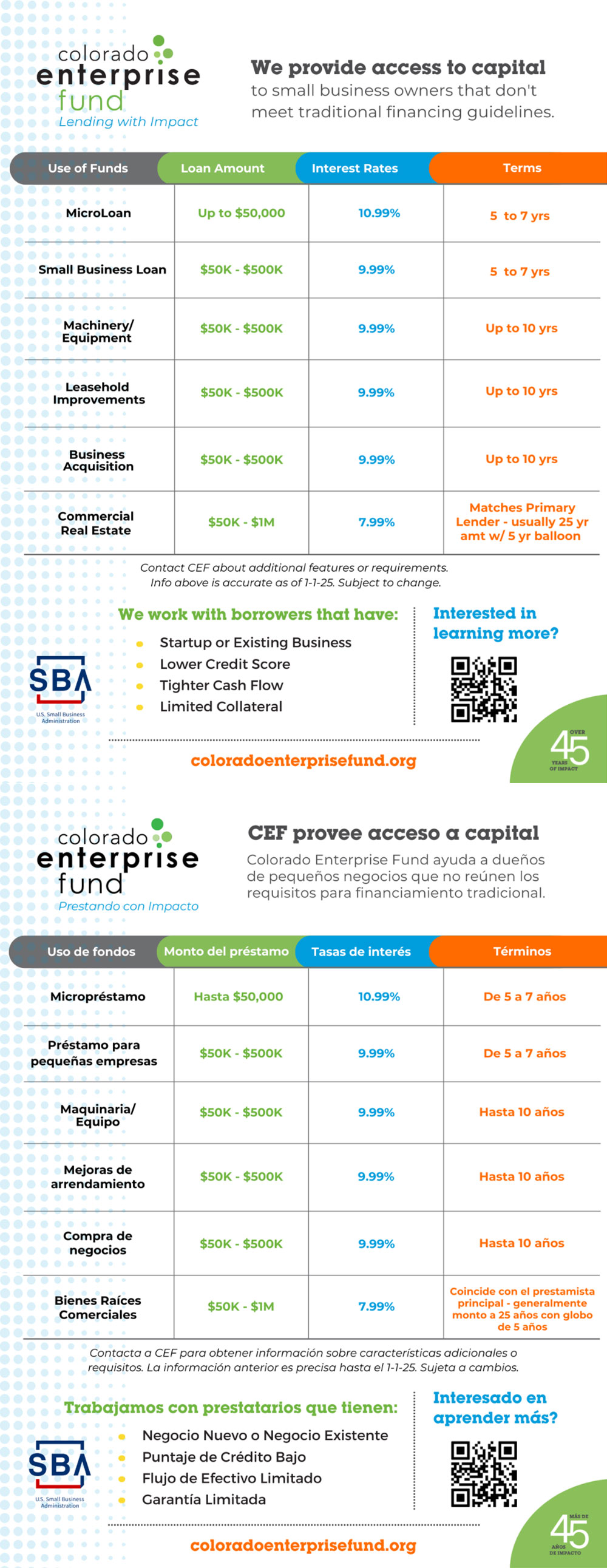5 Effective Strategies to Increase Sales for Your Small Business
As a business, your main goal is to make profits, and this can only happen if you make enough sales. It is, however, not as easy as it seems; you have to strike the perfect balance between sales generation and product development. Focusing on both ensures you produce goods and services that satisfy your client’s needs while also giving them easy access to your product. This increases your sales volume and profit levels.
HERE ARE 5 EFFECTIVE TIPS THAT YOU CAN USE TO GROW YOUR BUSINESS.
1. Focus on Niche Markets

While some marketing and sales strategies target a broad range of potential customers, niche marketing focuses on a smaller group of consumers – those that are most likely to connect with your business. Adopting this strategy helps you build relationships with your clientele, enabling you to customize your products and marketing strategies in a way that appeals to them.
When you are marketing to a specific niche, you tend to understand your customers’ needs better than your competitors. Providing a better solution to your customers that meets their wants and needs. You can easily focus your resources on connecting with a smaller group through targeted advertising and specific messaging. Potential customers tend to find this more persuasive.
Identify a segment of the market that has been overlooked by competitors and market to them aggressively. Concentrating on the market segments that already have many players is counter-productive as you’ll be competing in an already crowded market. Simply put, modify your product, marketing strategies, and sales promotion to attract and keep consumers within your niche.
2. Adopt Digital Marketing Tactics
Small businesses are increasingly more reliant on a digital landscape. Digital marketing provides value to small businesses looking to expand their reach and increase their revenue. Digital tactics provide your business with a simpler way to market to your intended audience while reducing your overall costs and increasing advertisement efficiency.
As a small business, you can jumpstart your digital marketing by creating a website, accompanied by professional social media profiles. You can also run email marketing campaigns to increase repeat purchases.
Other strategies that you can use to increase sales via digital means include;
- Content marketing — creating blogs, website contents and social media posts to draw attention to your products.
- Search Engine Optimization — Improving the quantity and quality of your website visits by improving the site’s rankings on search engines.
- Using Call-To-Actions — Directing the clients to perform certain actions, e.g., buying a product, subscribing to your blog, or registering for membership. Make sure that the CTAs are strategically placed on your business assets to grab the visitor’s attention and prompt a sales-oriented action.
- Lead Nurturing — here’s the thing; sales processes are not automatic. You have to lead the prospect from their first interaction with the business all the way to when they become paying customers. This is followed by retention strategies to turn them into brand ambassadors.
- Remarketing — Abandoned carts are undoubtedly one of the major challenges that marketers face. Implementing remarketing strategies will help you turn the incomplete sales into revenue.
3. Understand Your Customer
Do you solve problems for your customers? How well do you understand your customer’s problems and needs? Do your products meet these needs effectively? Take time to understand your customers problems, it will help you produce products and services that target their unique needs.
You should also understand the buyer decision process because appealing to the customer is one of the most effective ways to convince them to make purchases. This involves studying the buyer’s preferences, where they consume their information from, and the product design they are more attracted to.
It’s important to note that the sales process is affected by both internal and external triggers. Internal stimuli relate to the human basic needs (food, shelter, and clothing) and items that the consumers feel they can’t do without. External impulses, on the other hand, need more work from the seller because it’s all about how a product is placed, decorated, and presented to the client. You have to package your products in a way that applies to them.
You also need to focus on effectively marketing your product so that it progresses from the level where it requires an external trigger to where it has an internal one. Convincing people that they need to buy your product will ensure that you always have consistent sales.
4. Customer Service
Customer service is an integral part of customer relationships. Done well it builds customer loyalty and repeat sales. Keep in mind, loyal customers are your greatest asset and can be turned into direct marketers for your product.
Exceptional customer service often works better than advertising and campaigns initiated by your business since consumers tend to trust word of mouth marketing from your past customers. It is also cheaper to retain a customer than to acquire a new one, and keeping them happy creates a relationship that enhances repeat sales.
Be proactive in your approach to customer service, this will allow you to stay ahead of your customers needs and be able to accommodate their changing demands. Offerings like easy returns, curbside pickup, styling or design services support customers’ perception that you care about their problems and helps build lasting relationships.
5. Create a Brand
Is your customer base flooded with marketing messages? How can you cut through the clutter to attract and retain customers? Try building your brand equity and strengthening your brand perception.
Brand equity is the perceived value of your company, product, or service. It’s based on a brand’s reputation among its customer base.
Customers make purchasing decisions based on their perception of brands. They buy from businesses and brands, they feel confident in, are familiar with and consistently get value from.
How have you positioned your products? Do your clients associate your products with the need it should fulfill? Your brand becomes more valuable when more people in your target market recognize it. Your brand is all about the way customers perceive your business, and it’s dependent on your product, marketing strategies, and customer satisfaction.
Creating a strong brand improves customer loyalty and persuades more people to buy from you rather than your competitor. Satisfied customers will refer friends and family to the brands they love, allowing you to leverage word of mouth marketing and gain more sales at a low cost.
Make sure to monitor your brand perception so you can fine tune your marketing messages to attract new customers.
It’s Time to Increase Your Sales!
The success of any business is dependent on how well their products are selling, which is why small businesses have to find inexpensive but effective ways to generate sales. Implementing the above strategies will help market your products, improve your sales revenue, and ultimately help your business grow.
CEF’s advisors provide helpful suggestions of an educational nature that are not intended to mandate or supersede the business practices or decisions of your Company, its owners, or managers. The information provided in this guide does not, and is not intended to, constitute legal advice; instead, all information, content, and materials available herein are for general informational purposes only. You should contact your attorney to understand your rights and for legal advice about your specific situation.
This information was created in partnership with Northern Initiatives and participating entities through Initiate Prosperity. Check out the full library of small business resources on the Initiate Prosperity: Powered by CEF site.



